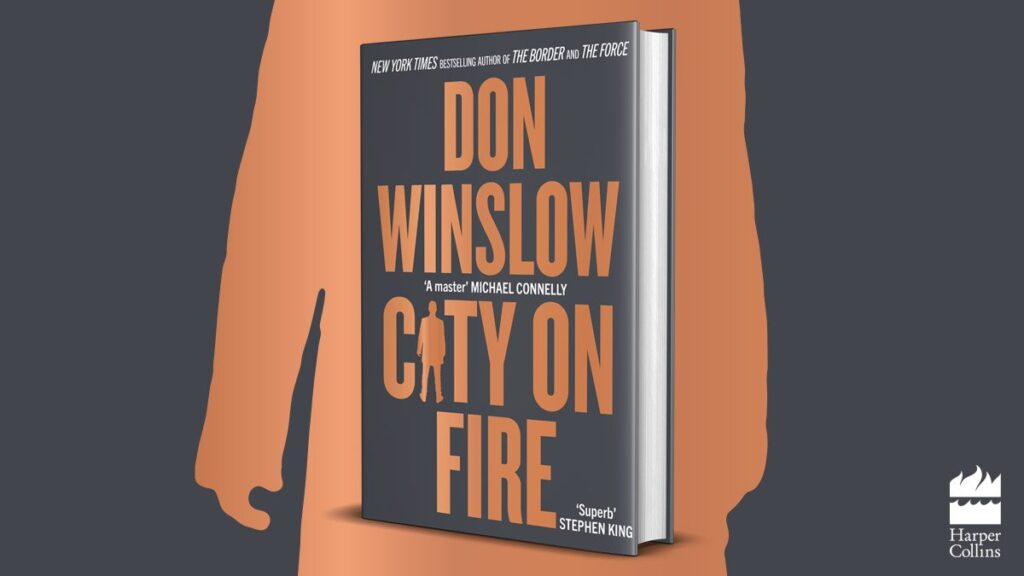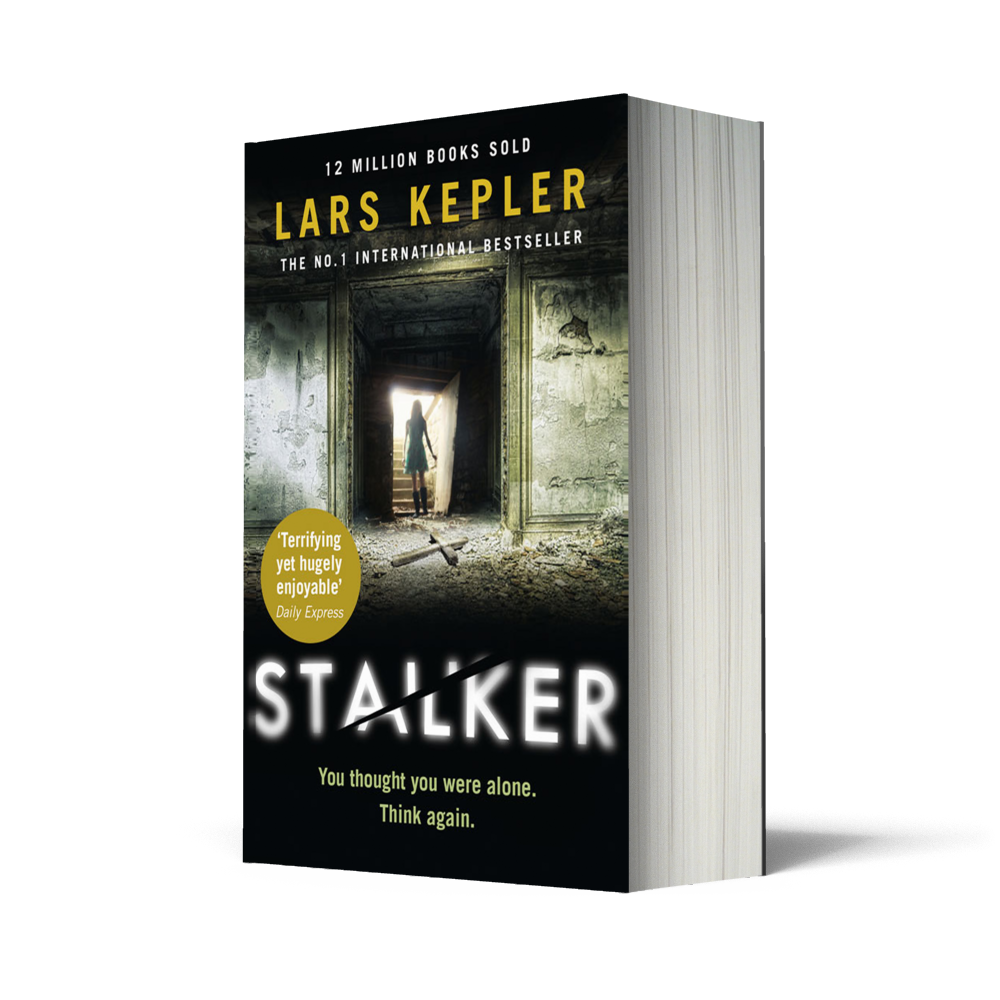 I’m often asked where I get my inspiration from, and the truth is that I honestly don’t know.
I’m often asked where I get my inspiration from, and the truth is that I honestly don’t know.
When it comes to thrillers, it can only stem from my own experiences as a copper, but also my fascination with the modern urban jungle – especially when viewed through rain, dirt and dereliction (the way I always perceive it) – as one of the most perilous backdrops against which to imagine high octane adventures.
But I’m well aware that I live in a curious place when it comes to writing. In addition to thrillers, I’ve also written horror, occasionally even diverting into sci-fi, fantasy and historical adventure.
So where does all that fit into the picture? Well, it’s a question I can’t answer easily.
Horrors and thrillers may be horns on the same goat, but they are placed further apart than people may imagine. To start with – at least in my own experience, the techniques are different. For example, in a horror story you don’t need to tie up every loose end; you can also allow for a huge suspension of belief by your audience. But the crime thriller, by its nature, is a ‘real-world’ foray; it can be far-fetched, it can be unlikely, but it’s got to make sense in the context of normal life. Actions must have consequences. Supernatural or even preternatural explanations are never adequate.
That said, there are are overlaps between the two – maybe subliminal overlaps, but they are there. They’ve both got to be scary, edgy, mysterious, disturbing. I was once told by a respected editor that both horror and thriller writers need ‘a streak of perversity’ in order to make their stories count. Perhaps that’s a little OTT, but I don’t think either genre is something you can play at as an author. I reckon you’ve got to have at least an interest in the darker side of human experience, if not a full blown dedication to it, to reproduce it effectively on the written page.
I suppose the next question then – especially since STALKERS has come out, and with SACRIFICE due for publication in July – is whether or not my ‘horror side’ has influenced my ‘thriller side’.
I think the answer must be yes.
At a purely practical level, I’ve done it many times already without even thinking about it. My novella of 2010, SEASON OF MIST, one of my personal favourite pieces of work from my pre-STALKERS period, concerns the depredations of a child-killer in a Lancashire town during the long autumn of 1974, as seen through the eyes of the innocent youngsters who set out to catch him, convinced they are on the trail of an evil spirit resurrected from the local derelict colliery. That is a complete cross-over story, with a foot in both the ‘thriller’ and the ‘horror’ camps. Before that I wrote a series of supernatural mysteries – again novellas (titles like THE MAGIC LANTERN SHOW and SHADOWS IN THE RAFTERS) – concerning a Victorian detective, Jim Craddock, whose experiences as a soldier in India during the days of the Empire had prepared him well for confrontations with mystical, occultic forces, but whose police investigations were set in the harsh real world of industrial 19th century England.
At the end of the day, it’s got to be down to my horror background that I can’t imagine penning a thriller or crime story without trying to evoke as much tension, suspense and, if possible, fear, as I can. I’m not saying other thriller writers don’t do that – of course they do – but for me it’s a pressing, pathological need. I’ll put my heroes and heroines in as much jeopardy as possible, pit them against the worst but also most colourful villains I can find, plunge them into truly horrific predicaments and take them to places so blighted and forgotten they literally resonate evil.
That probably sounds a bit melodramatic, but the question is how has my horror writing influenced my thriller writing, so it’s the straightest, most honest answer I can give.
I guess it’s down to my readers to judge whether or not I’ve been successful.


